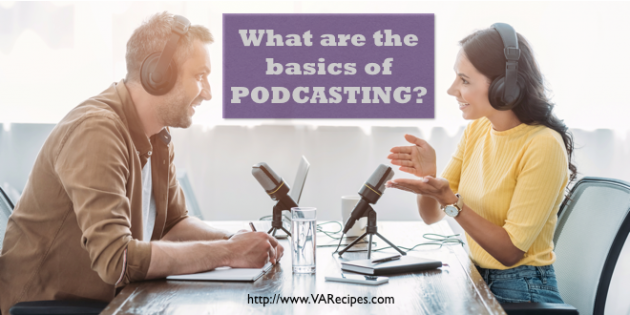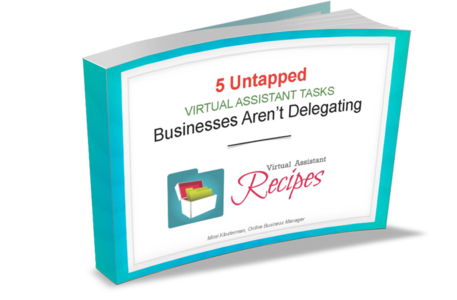Podcasting is the relay of information through audio. Rather than read an article or watch a video, your target audience will listen to your pre-recorded “internet radio show” as you provide content on topics of interest to them.
Once your podcast is recorded, it can be broadcast to a wider audience in a number of ways. It can be listed in directories so it can be discovered and listened to. It can also be broadcast to other websites and listened to anytime, anywhere, by people who subscribe to your podcast.
Podcasts are available via a service known as RSS (Real Simple Syndication). When they subscribe to your podcast, they will receive the latest files right in their RSS feed reader. Other websites in your niche can also embed your feed into their site so their audience can listen to it too.
Understanding Podcasting Terminology
It is important to understand key podcast terms if you wish to create a podcast of your own.
Podcast
A series of recorded audio programs, usually published on a regular schedule, such as once a week.
Podcatcher
Software which detects each new podcast you publish and delivers it to your subscribers.
RSS (Real Simple Syndication)
A way to share files with your target audience, or allow others to publish your content, or syndicate it, at their site.
Aggregator
An aggregator, or RSS aggregator, collects RSS feeds. It will deliver podcasts and other contents you subscribe to. Feedly and Feedbin would be two good examples of RSS aggregators.
Channel
A series of podcasts. Think of it as a radio station that can be listened to any time by people who subscribe to your channel.
Enclosure
The file for the podcast. It is enclosed in a reader in order to be listened to.
Metadata
The most important information about the podcast, so it can be discovered by readers and search engines. It will usually include title, recording artist, file format and so on.
ID3
ID3 is a metadata specification that allows information to be added to MP3 files. Commonly, items like track title, artist, album and track number are placed within ID3 “tags” that identify the type of data. It helps your podcast get discovered in locations like iTunes.
iPod
The popular digital audio player from Apple. The word “podcast” comes from the combination of the words “iPod” and “broadcast”.
Juice
Juice is a free program that automatically downloads new shows when they become available, and synchronizes them with your iPod or other digital audio player. Formerly known as “iPodder”.
Item
A single show in your podcasting channel. It should be metatagged, preferably with ID3 tags.
iTunes
iTunes is Apple’s multimedia store and software, which will allow you to buy, or access or subscribe for free, a range of content such as music, videos, TV shows and podcasts. It links to a directory of podcasts and acts as a podcatcher by allowing users to subscribe to podcasts and delivering them to their iPod or other player.
When you upload your content on iTunes, metatags for it will be created, making it discoverable to those interested in your topic or niche.
MP3
MP3 (MPEG-1 Audio Layer-3) is the standard format for podcast files. The format compresses the data into a very small file while still maintaining sound quality.
Now that we’ve covered the basics about podcasting, it might be time to think about adding a podcast to your marketing mix.

